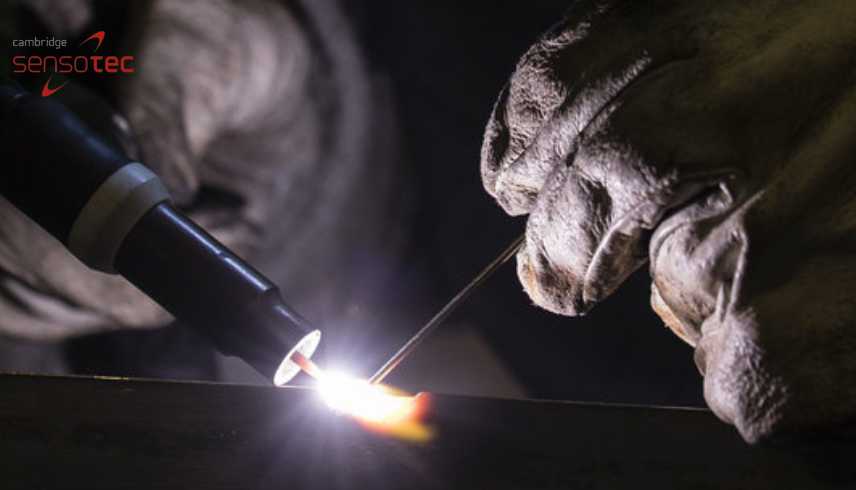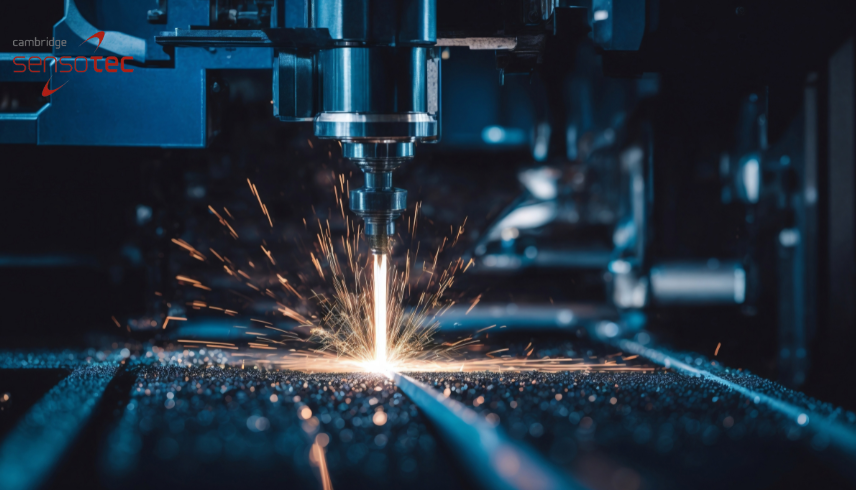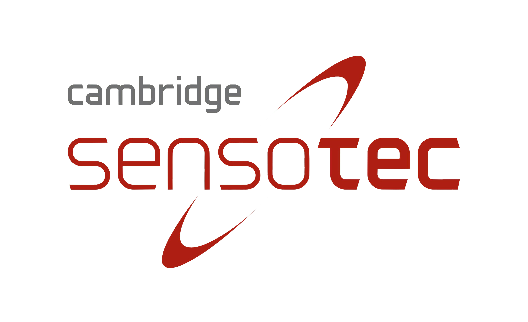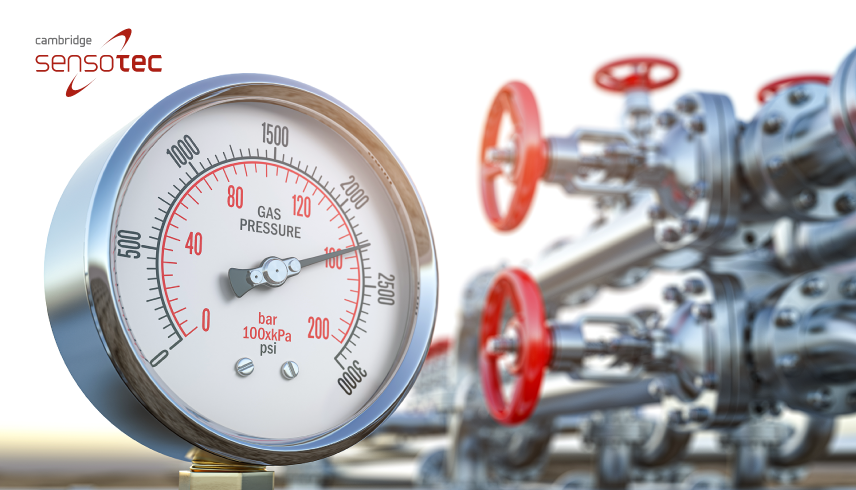

Elevating Metal 3D Printing with Precise Gas Detection Technologies
Introduction
In the realm of additive manufacturing, metal 3D printing stands as a revolutionary technology, offering unparalleled design freedom and manufacturing flexibility. However, ensuring the quality and integrity of metal prints requires precise control over the printing environment, including gas composition. Gas detection technologies play a pivotal role in this process, providing essential insights into gas levels and composition to optimise printing conditions. In this blog post, we delve into the significance of gas detection in metal 3D printing, highlighting its role in elevating the quality and reliability of printed components.
Understanding Gas Detection in Metal Printing:
Monitoring Inert Gas Atmospheres:
Metal 3D printing often utilises inert gas atmospheres, such as argon or nitrogen, to create an oxygen-free environment conducive to high-quality prints. Gas detection technologies enable real-time monitoring of inert gas levels, ensuring the integrity of the printing atmosphere. By maintaining precise gas compositions, manufacturers can minimise the risk of oxidation and porosity in printed metal parts, resulting in superior mechanical properties and surface finishes.
Detecting Contaminants and Impurities:
Even trace amounts of contaminants or impurities in the printing atmosphere can adversely affect the quality of metal prints. Gas detection technologies offer sensitivity to detect minute levels of impurities, such as moisture, hydrocarbons, or reactive gases. By identifying and mitigating potential sources of contamination, manufacturers can achieve consistent print quality and minimise defects, enhancing the reliability of printed components.
Benefits of Precise Gas Detection:
Quality Assurance and Process Control:
Precise gas detection technologies provide manufacturers with greater control over the metal printing process, facilitating quality assurance and process optimization. By monitoring gas levels and composition in real-time, operators can make immediate adjustments to printing parameters to maintain optimal conditions. This proactive approach ensures consistent print quality, reduces scrap rates, and enhances overall productivity.
Enhanced Safety and Environmental Compliance:
In addition to quality considerations, gas detection technologies contribute to safety and environmental compliance in metal printing facilities. By monitoring gas levels for potential hazards, such as combustible gases or oxygen depletion, these systems help mitigate safety risks and ensure compliance with regulatory standards. Furthermore, proactive gas monitoring minimizes the environmental impact of metal printing operations, promoting sustainability and responsible manufacturing practices.
Optimising Metal 3D Printing with Gas Detection Technologies
Fine-Tuning Printing Parameters:
Gas detection technologies enable operators to fine-tune printing parameters based on real-time gas analysis data. By monitoring gas levels and composition during the printing process, manufacturers can adjust variables such as printing speed, laser power, and powder flow rate to optimize print quality and dimensional accuracy. This iterative approach allows for precise control over the printing process, resulting in superior part quality and consistency.
Preventing Defects and Failures:
Gas detection systems play a crucial role in preventing defects and failures in metal 3D printing. By monitoring gas levels for deviations from optimal conditions, operators can identify potential issues such as overheating, inadequate gas flow, or contamination. Early detection of these issues enables corrective actions to be taken before defects occur, reducing scrap rates and ensuring the integrity of printed components.
Enhancing Post-Processing Efficiency:
In addition to monitoring the printing process, gas detection technologies can also optimise post-processing operations in metal 3D printing. By analysing residual gases trapped within printed components, operators can determine the most effective post-processing techniques for removing support structures, surface finishing, and heat treatment. This targeted approach minimises post-processing time and material waste while maximising the quality and functionality of finished parts. Furthermore, gas detection enables the optimisation of post-processing parameters such as temperature, atmosphere, and processing time, ensuring consistent results across batches and reducing the risk of dimensional distortion or material degradation.
Cambridge Sensotec Solutions for Metal Printing:
Cambridge Sensotec offers a comprehensive range of gas detection solutions tailored to the unique requirements of metal 3D printing applications. Our advanced gas analyzers deliver precise and reliable measurements of gas levels and composition, empowering manufacturers to optimise printing conditions and achieve superior print quality. With cutting-edge technology and unparalleled expertise, Cambridge Sensotec is committed to elevating the capabilities of metal 3D printing processes.
Conclusion
In conclusion, gas detection technologies play a critical role in elevating the quality, reliability, and safety of metal 3D printing operations. By providing real-time insights into gas levels and composition, these systems enable manufacturers to optimise printing conditions, ensure quality assurance, and maintain compliance with regulatory standards. With Cambridge Sensotec’s advanced gas detection solutions, metal printing facilities can achieve new levels of efficiency, productivity, and innovation in additive manufacturing.
For advanced gas detection solutions tailored to metal 3D printing applications, contact Cambridge Sensotec today. Let us help you optimise your printing processes and unlock the full potential of additive manufacturing technology.


